ruffsl
I’m a robotics researcher. My interests include cybersecurity, repeatable & reproducible research, as well as open source robotics and rust programing.
- 37 Posts
- 11 Comments

 3·3 months ago
3·3 months agoI fell for it. It took me a minute into the game time to figure what was up and double check today’s date.

 2·6 months ago
2·6 months agoYou could get a fiber optic display/HDMI cable, a fiber optic USB cable, and the USB hub, then just move the desktop tower into another room and run the cables through the walls or ceilings to your display setup. Might only be $100 or so cheaper than then a used business thin client, but at least you could still do something 4K 120Hz HDR 12bit over some distance without compromise. E.g:
Looks like Moonlight does have their app up on the Apple store or iOS, and Sunlight has binaries for most operating systems. Personally, instead of Sunlight’s server, I still use Nvidia’s GeForce Experience software to stream games, as it takes less effort to configure. Of course, Nvidia may not be applicable if you’re using integrated or AMD graphics instead.
Although, with Nvidia recently deprecating support for it’s shield device, Sunlight provides support for the same protocol that Moonlight was originally developed against, but it’s also open source. I’ve not used multi monitor streaming with GeForce Experience, something Sunlight would be much more flexible in configuring.
As for connectivity, I’m unsure if iOS supports the same USB network feature that Android has. I’d imagine at least the iPhone would, as that’s a core feature/option for mobile hotspot connectivity, but maybe that’s nixed from iPad iOS? Alternatively you could get yourself a USB C hub or dock with an ethernet adapter and pass through power delivery, so you can connect your iPad with a wired network and charge simultaneously.
Or you could just use Wi-Fi, but with wireless networks dropping and retrying packets, that’ll impact latency or bitrate quality when casting displays. Although for something mostly static like discord windows, that’s probably less of an issue. Windows 11, and maybe 10, also have a hotspot mode, where you could share your wired network via your PCs wireless radio via and ad hoc Wi-Fi SSID. That could reduce latency and improve signal reception, but you’d have to start the hotspot setting every session or whenever the device disconnects from windows’ hotspot for more than 15 minutes or something.
You could try other remote display streaming software as well, like Parsec. However they have a online account login requirement with the freemium model, so I prefer the open source client Moonlight instead. However parsecs a lot easier too use when streaming from outside your home, or when remotely single screen co-oping with friends, without having to configure firewalls or domain names.
If you already have a similarly sized tablet, you could just buy a dummy HDMI plug, a few dollars, to add a second virtual desktop and then simply cast that screen to the mobile device.
There are pretty nice Android tablets now with 2.5k 120 hz HDR OLD screens. You can just connect it directly to the computer via USB, enable USB network tethering, then use something like the Moonlight client app with Sunshine screen casting server. With the wired connection, and a high bit rate such as 150 Mbps, you can get single digit millisecond latency and hardly tell the difference from an native HDMI display.
Tablets like those might be on the high end, but at least you’d have nice secondary display that’s a bit more multifunctional. Or just go with a cheaper LCD based tablet or old iPad, if color accuracy, refresh rate, or resolution isn’t a priority.

 2·6 months ago
2·6 months agoA while back, I tried looking into what it would take to modify Android to disable Bluetooth microphones for wireless headsets, allowing for call audio to be streamed via regular AAC or aptX, and for the call microphone to be captured from the phones internal mic. This would prevent the bit rate for call audio in microphone being effectively halved when using the ancient HFP/HSP Bluetooth codecs, instead allowing for the same call quality as when using a wired headset. This would help when multitasking with different audio sources, such as listening to music while hanging out on discord, without the music being distorted from the lower bit rate of HFP/HSP. This would also benefit regular VoLTE, as the regular call audio quality already exceeds that of legacy Bluetooth headset profiles.
Although, I didn’t manage to tease apart the mechanics of the audio policy configuration files used by the source Android project, given the sparse documentation and vague commit history.
- https://source.android.com/docs/core/audio/implement-policy
- https://android.googlesource.com/platform/frameworks/av/+/dc46286/services/audiopolicy/config/audio_policy_configuration.xml#147
I’d certainly be fine with the awkwardness of holding up and speaking to my phone as if it was in speaker mode, but listening to the call over wireless headphones, in order to improve or double the audio quality. Always wondered what these audio policies fall back to when a Bluetooth device doesn’t have a headset profile, but it’s almost impossible to find high quality consumer grade Bluetooth headphones without a microphone nowadays.

 2·6 months ago
2·6 months agoFor the call setting under Bluetooth audio devices, I really wish they would break out or separate the settings for using the audio device as a source or sink for call audio. Sort of like how you can disable HSP/HSF Bluetooth profiles for audio devices in Linux or Windows.

 2·6 months ago
2·6 months agodeleted by creator

 21·7 months ago
21·7 months agoSimilarly reported (in more detail) by TechCrunch:

 10·1 year ago
10·1 year agoFor anybody wondering what the Mastodon security issue is - CVE-2023-36460, you can send a toot which makes a webshell on instances that process said toot. #CVE202336460 #TootRoot

 7·1 year ago
7·1 year agoLooks like they posted the video process timelapse of that artwork here:
I’ll have to checkout their webcomic Pepper&Carrot. Thanks for the reference!
Image Transcription: Meme
A photo of an opened semi-trailer unloading a cargo van, with the cargo van rear door open revealing an even smaller blue smart car inside, with each vehicle captioned as “macOS”, “Linux VM” and “Docker” respectively in decreasing font size. Onlookers in the foreground of the photo gawk as a worker opens each vehicle door, revealing a scene like that of russian dolls.
*I’m a human volunteer content transcriber and you could be too! *








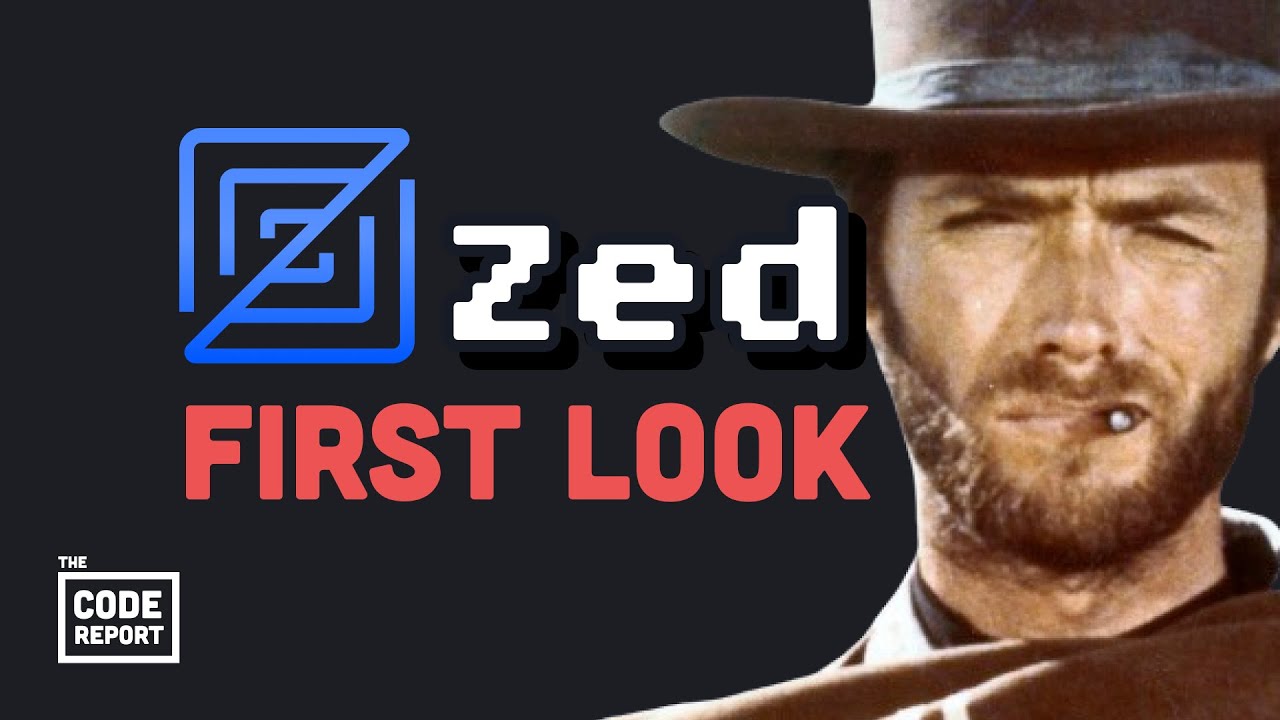

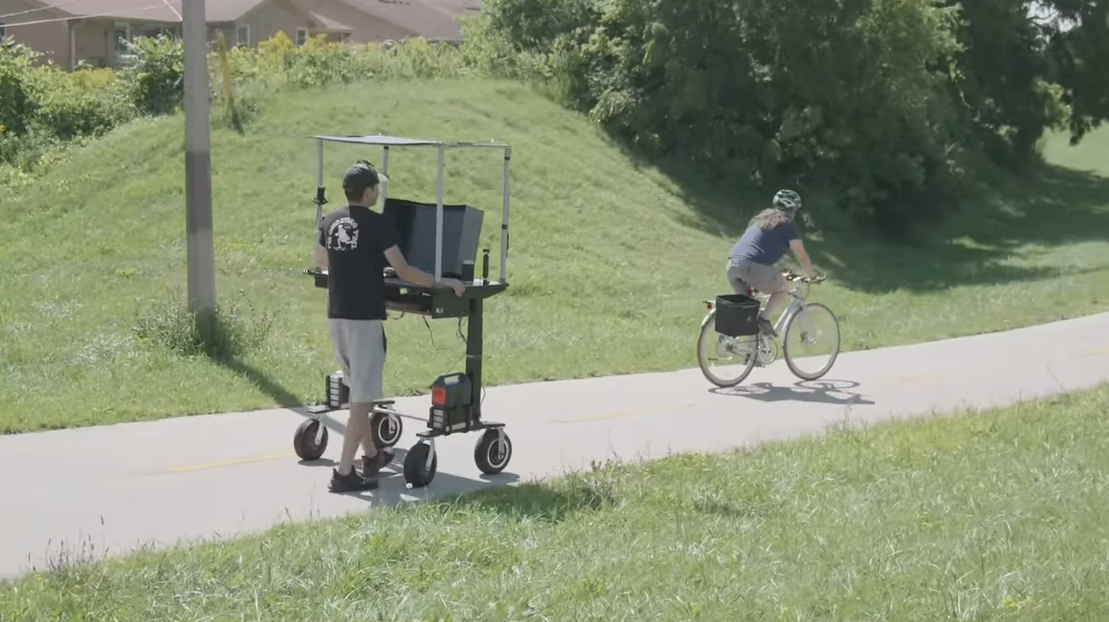



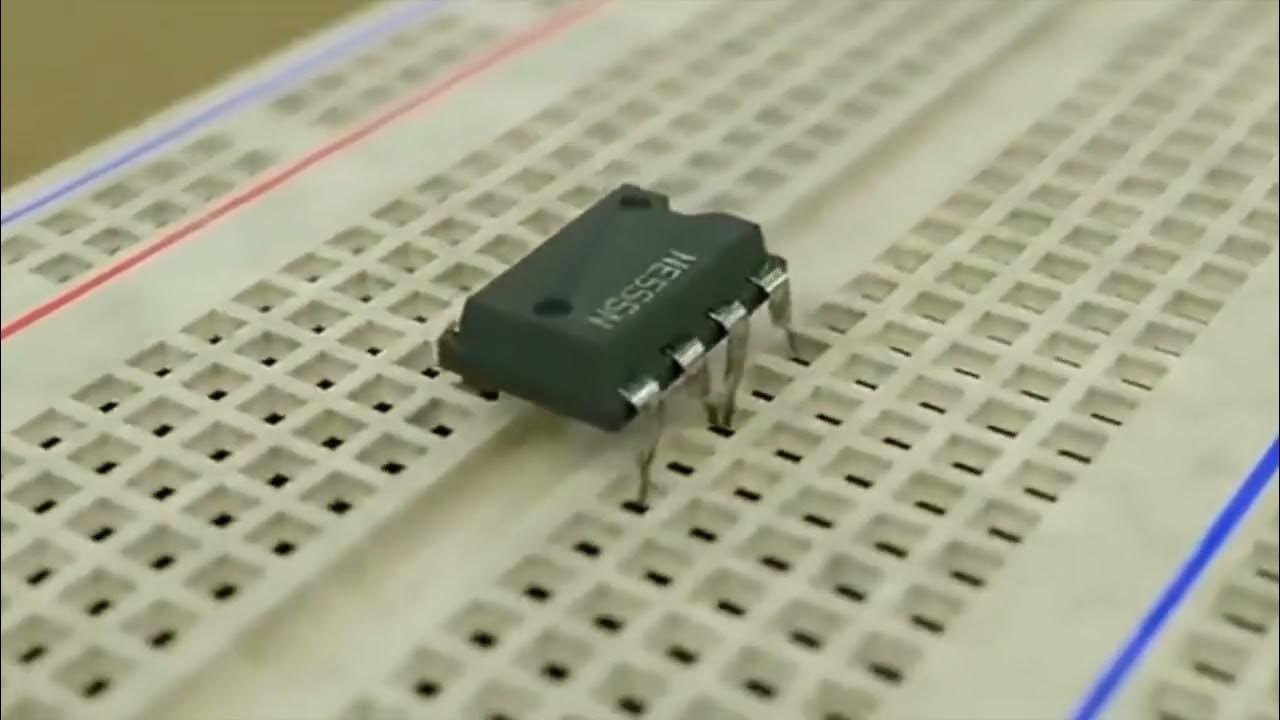


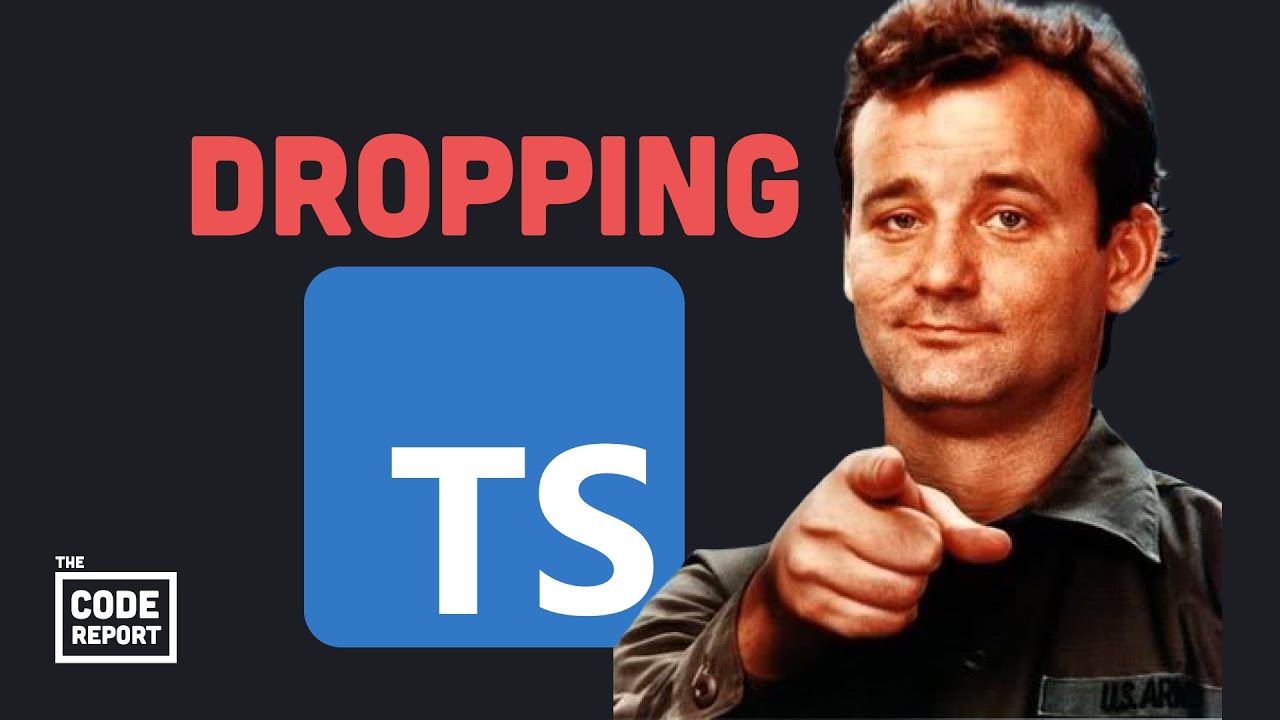
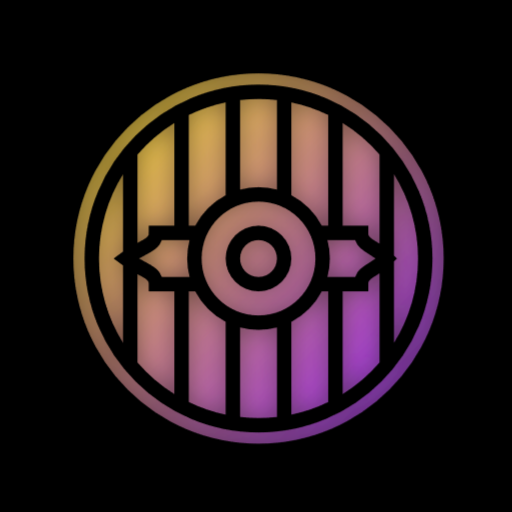



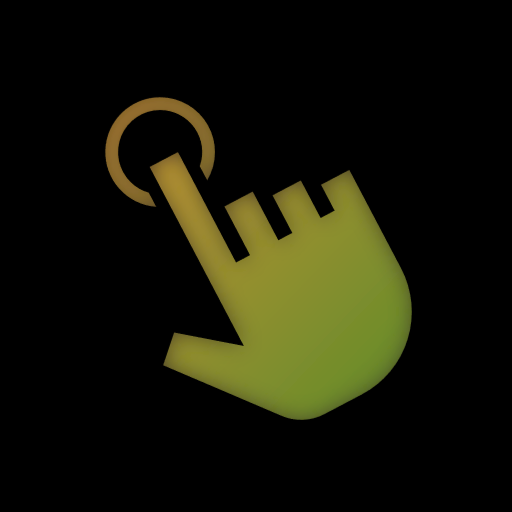
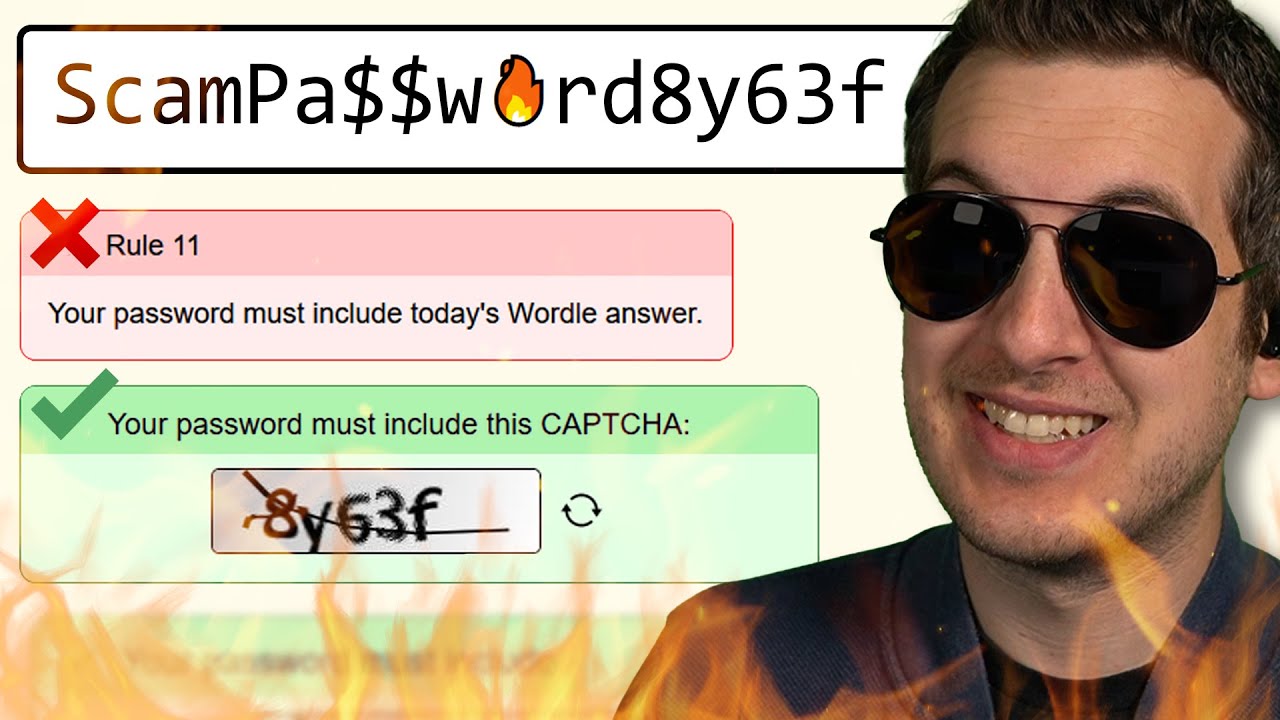
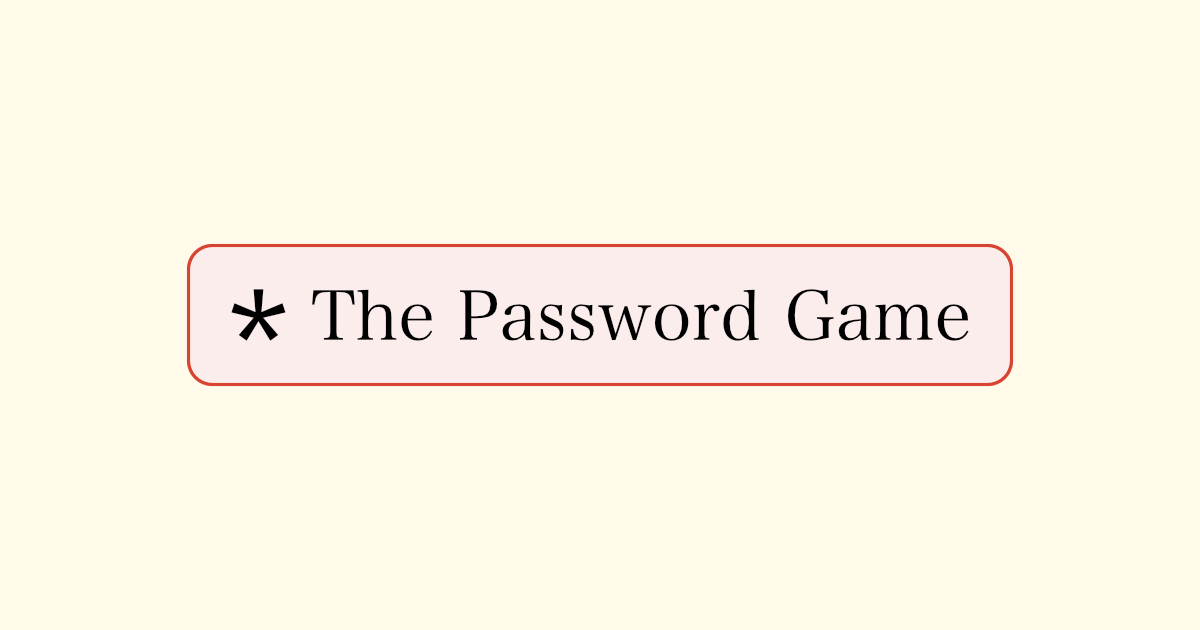
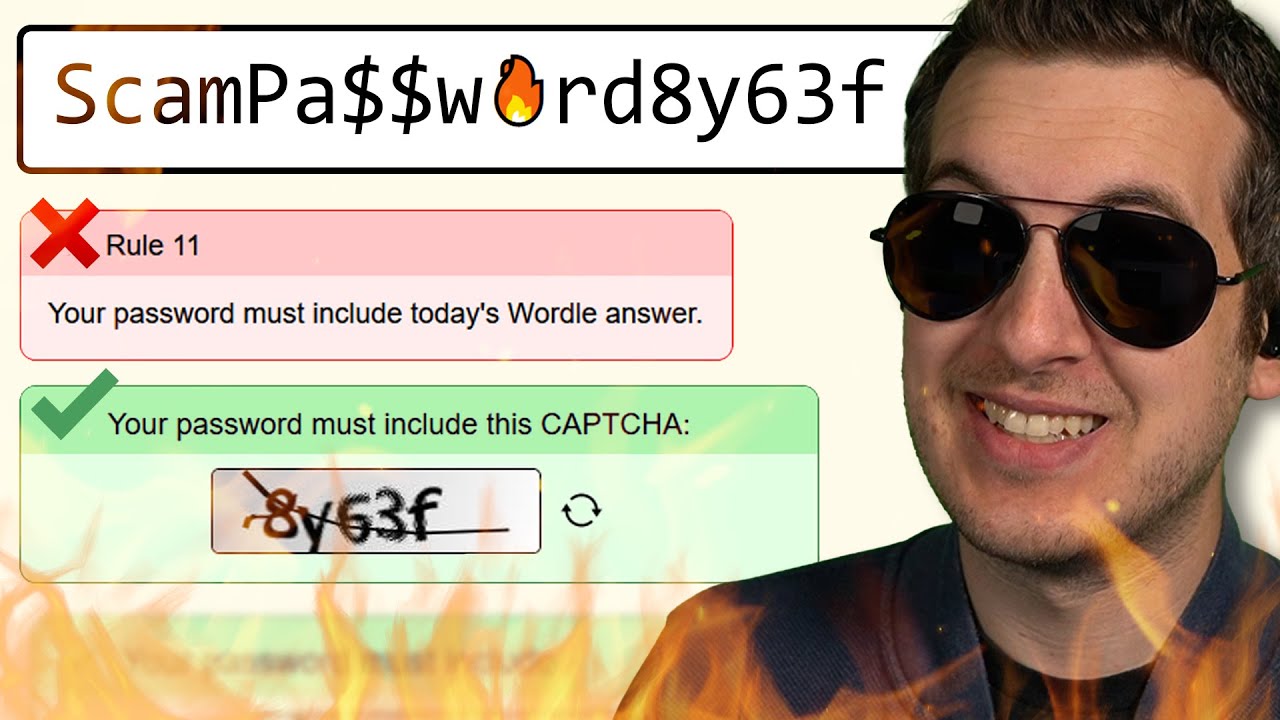
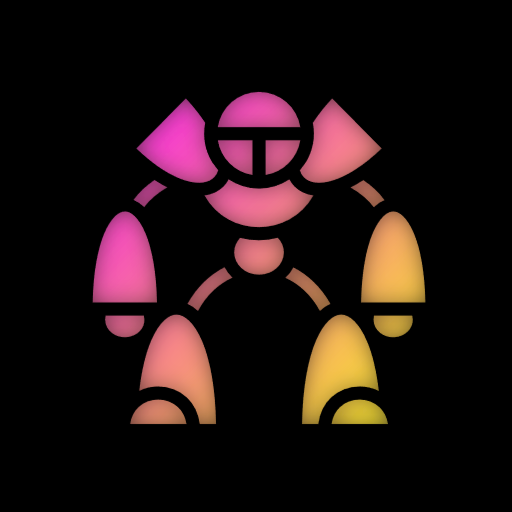
Tagging an image is simply associating a string value to an image pushed to a container registry, as a human readable identifier. Unlike an image ID or image digest sha, an image tag is only loosely associated, and can be remapped later to another image in the same registry repo, e.g
latest. Untagging is simply removing the tag from the registry, but not necessarily the associated image itself.